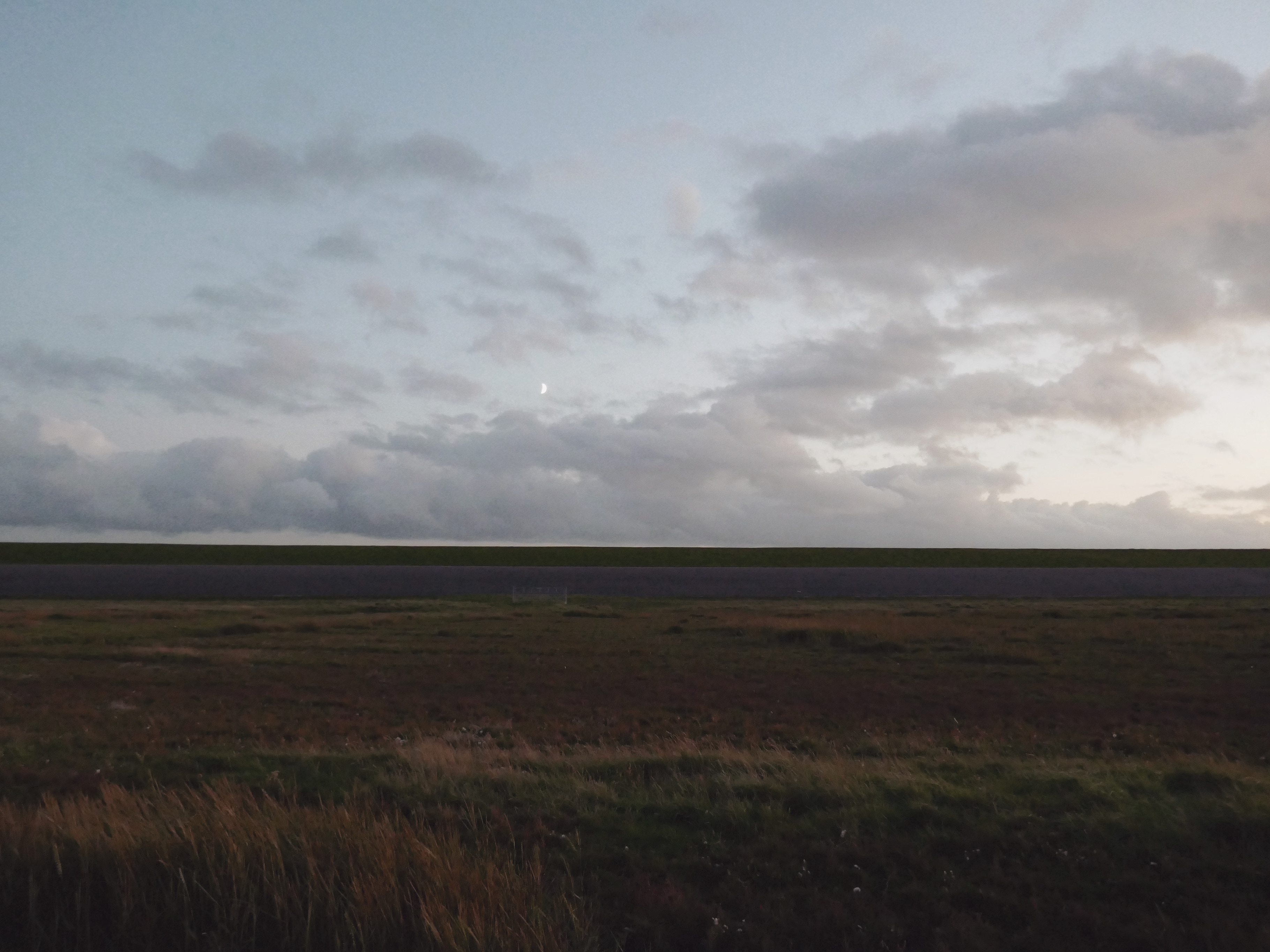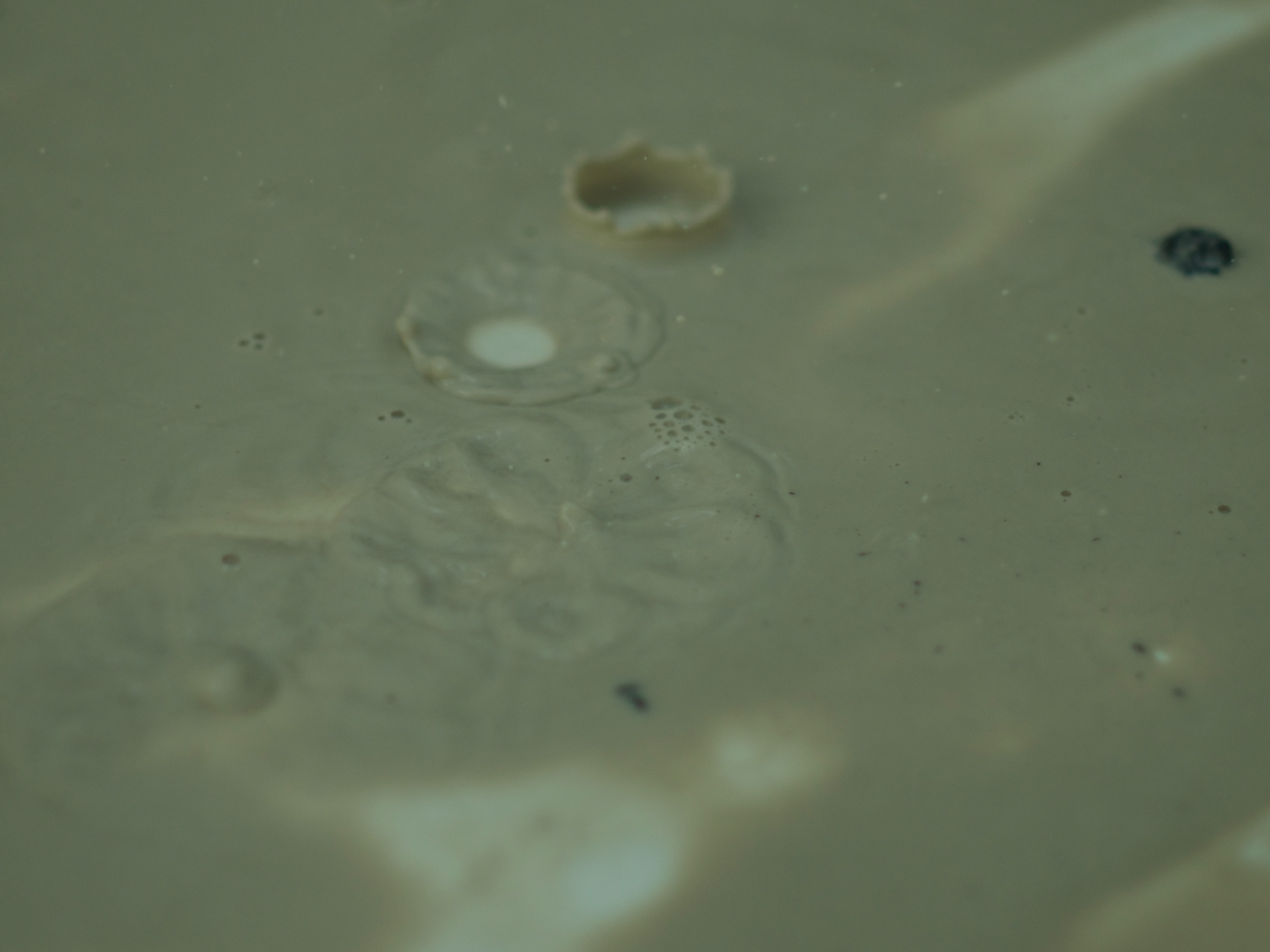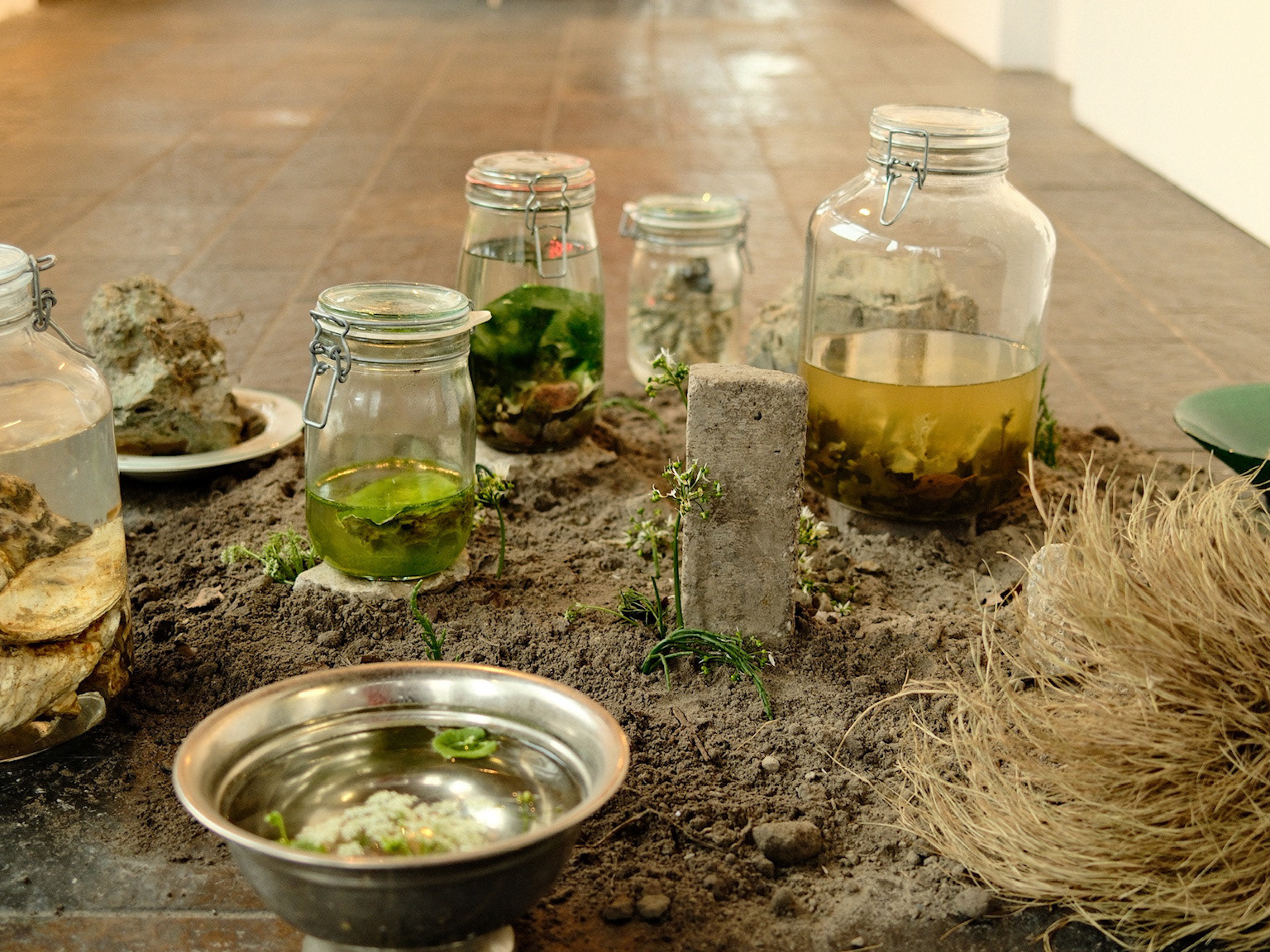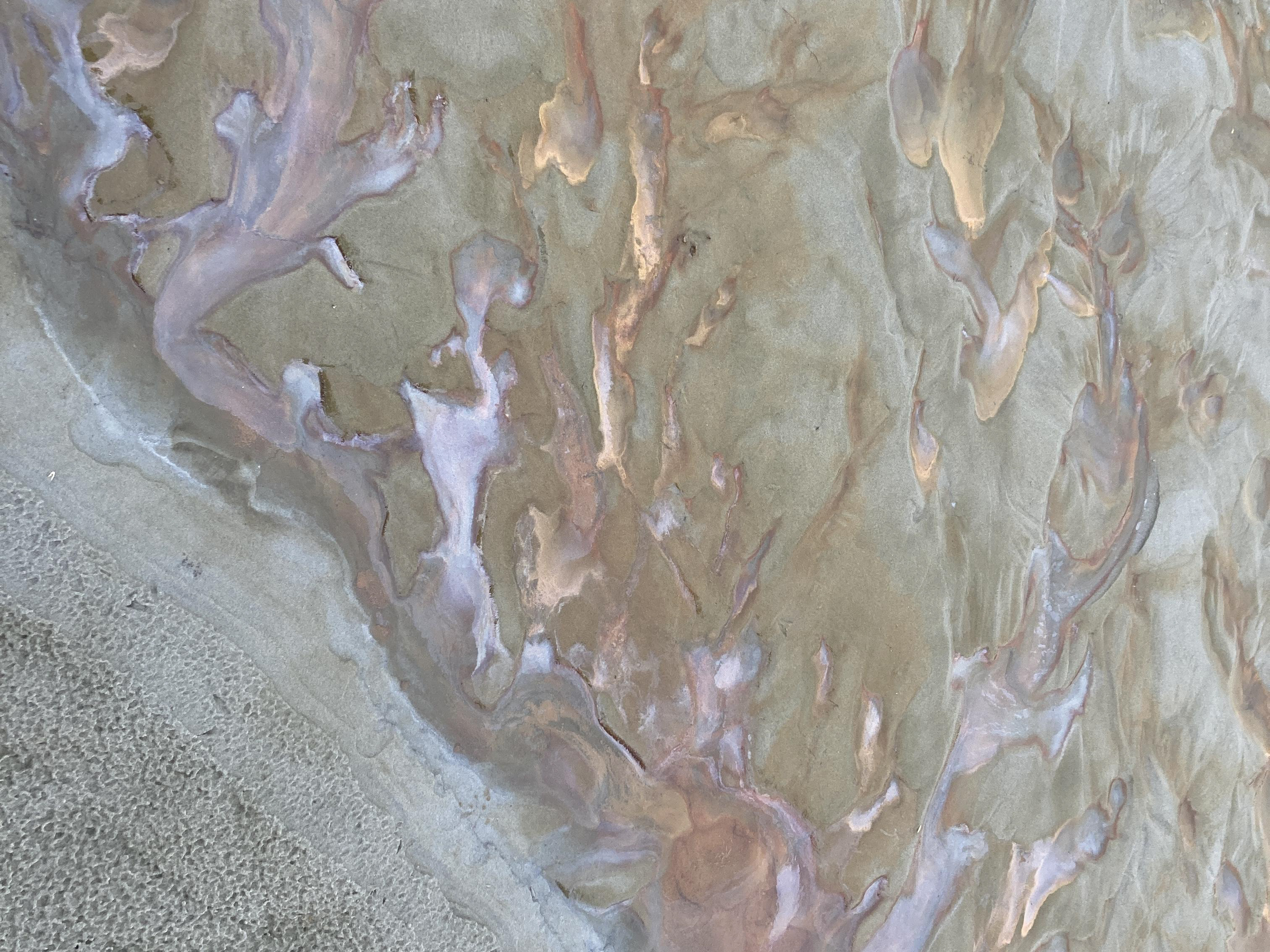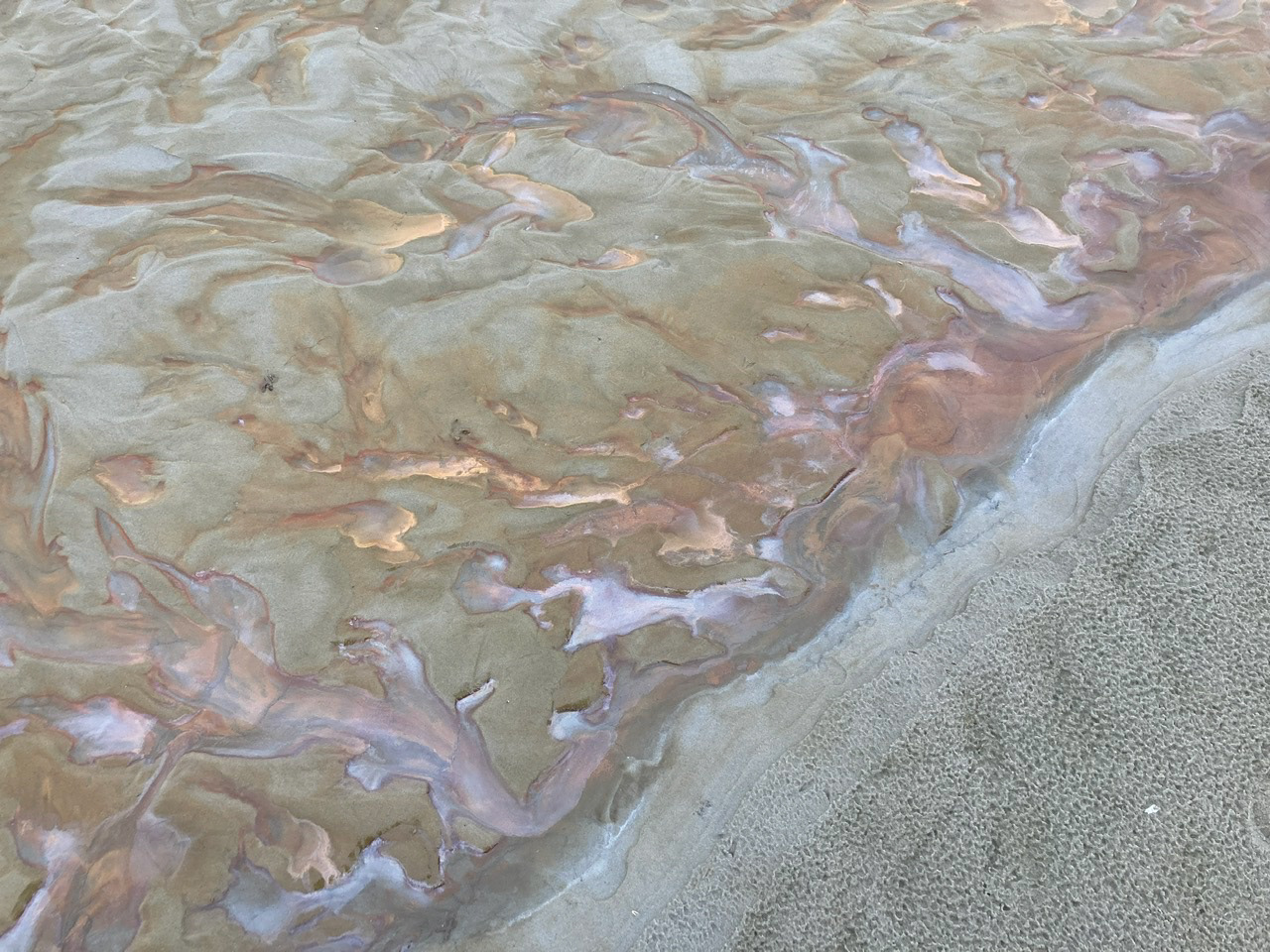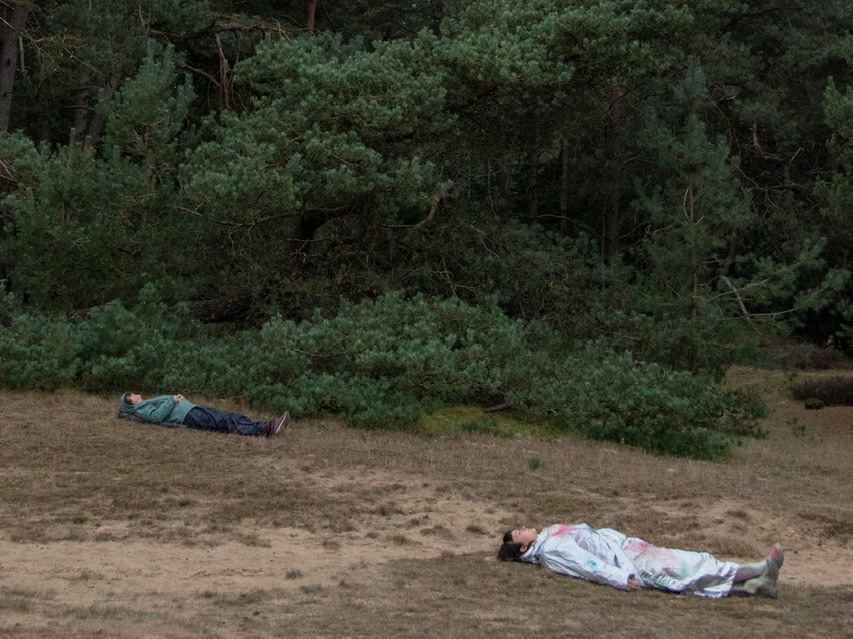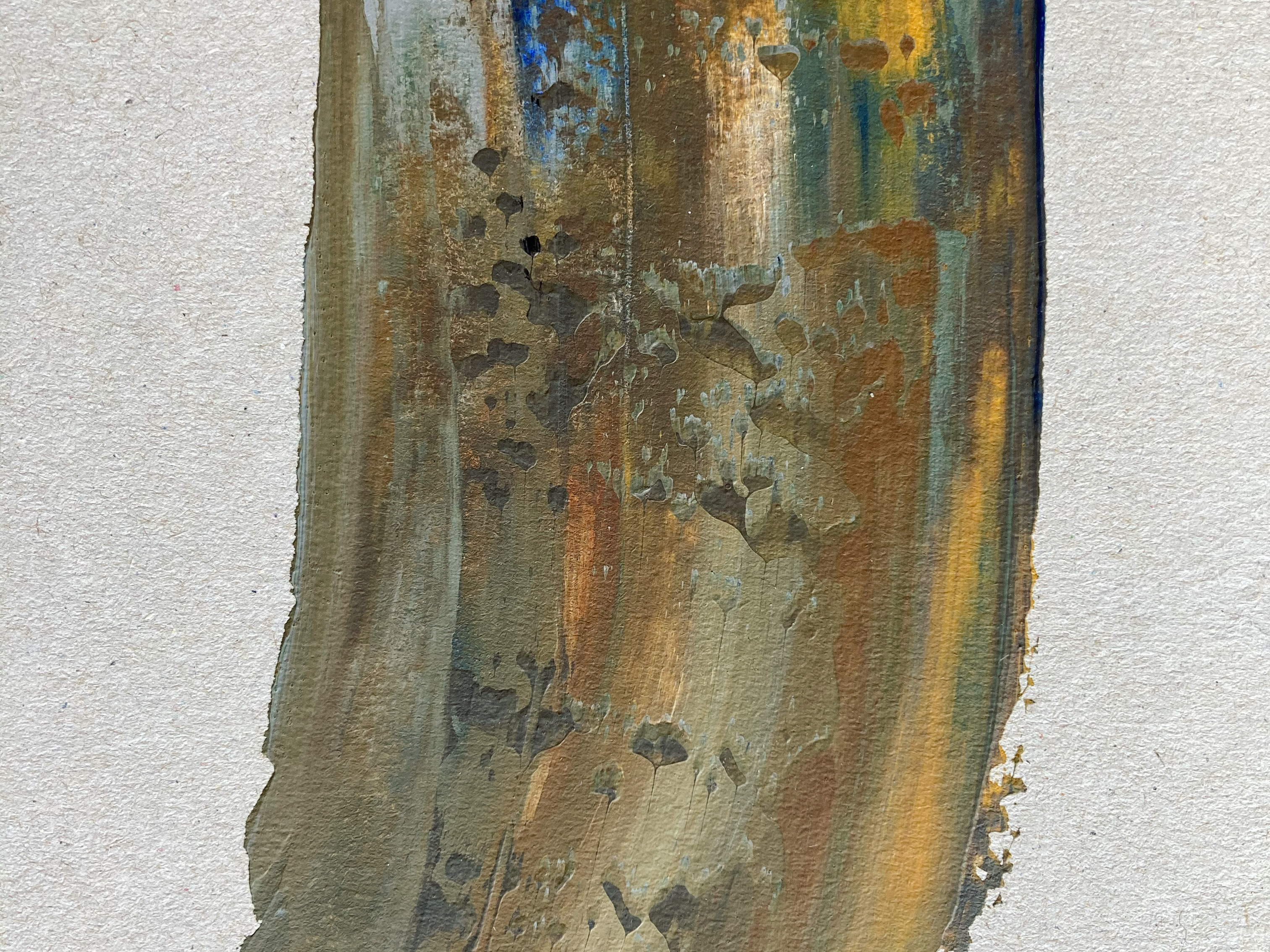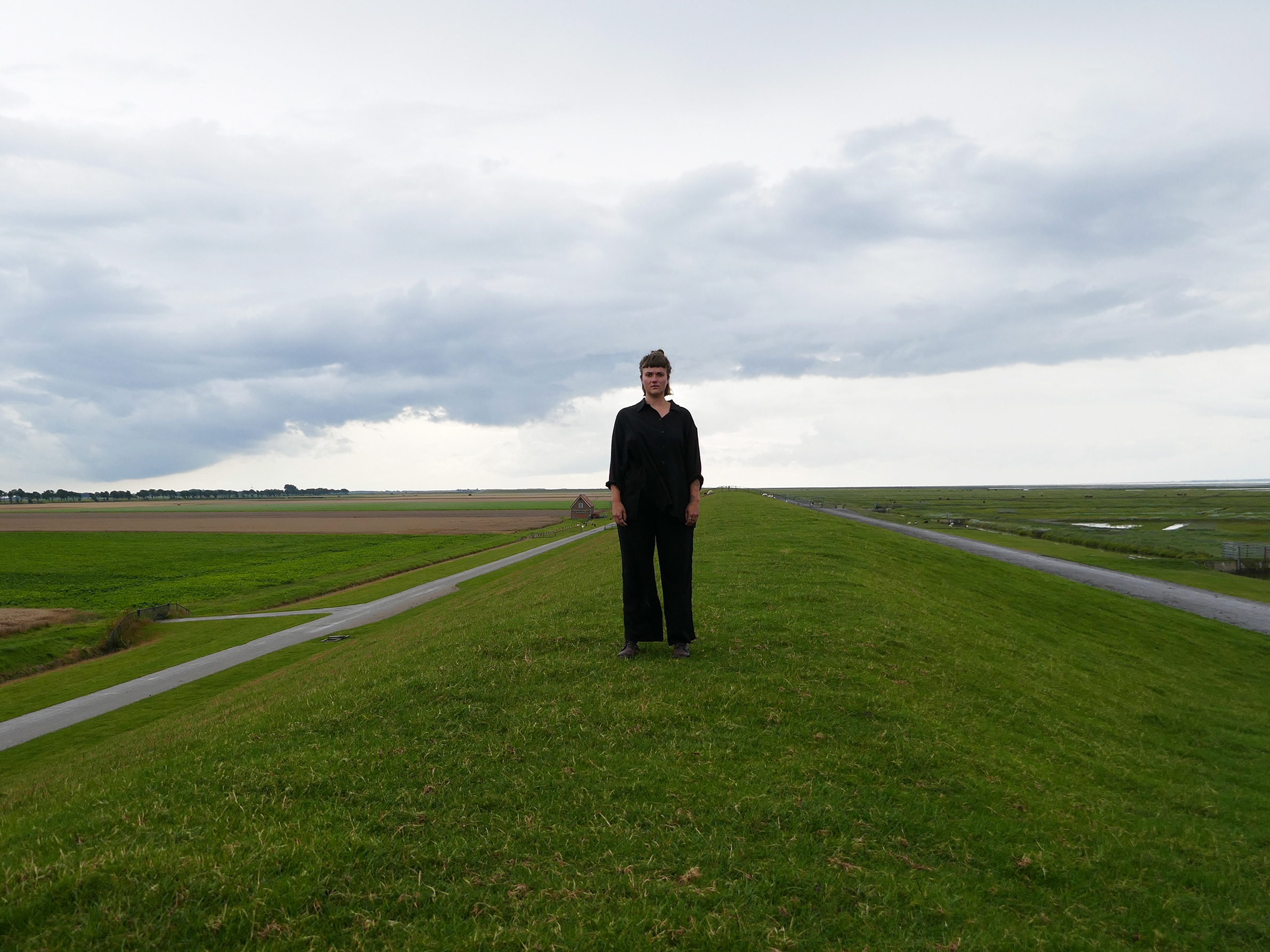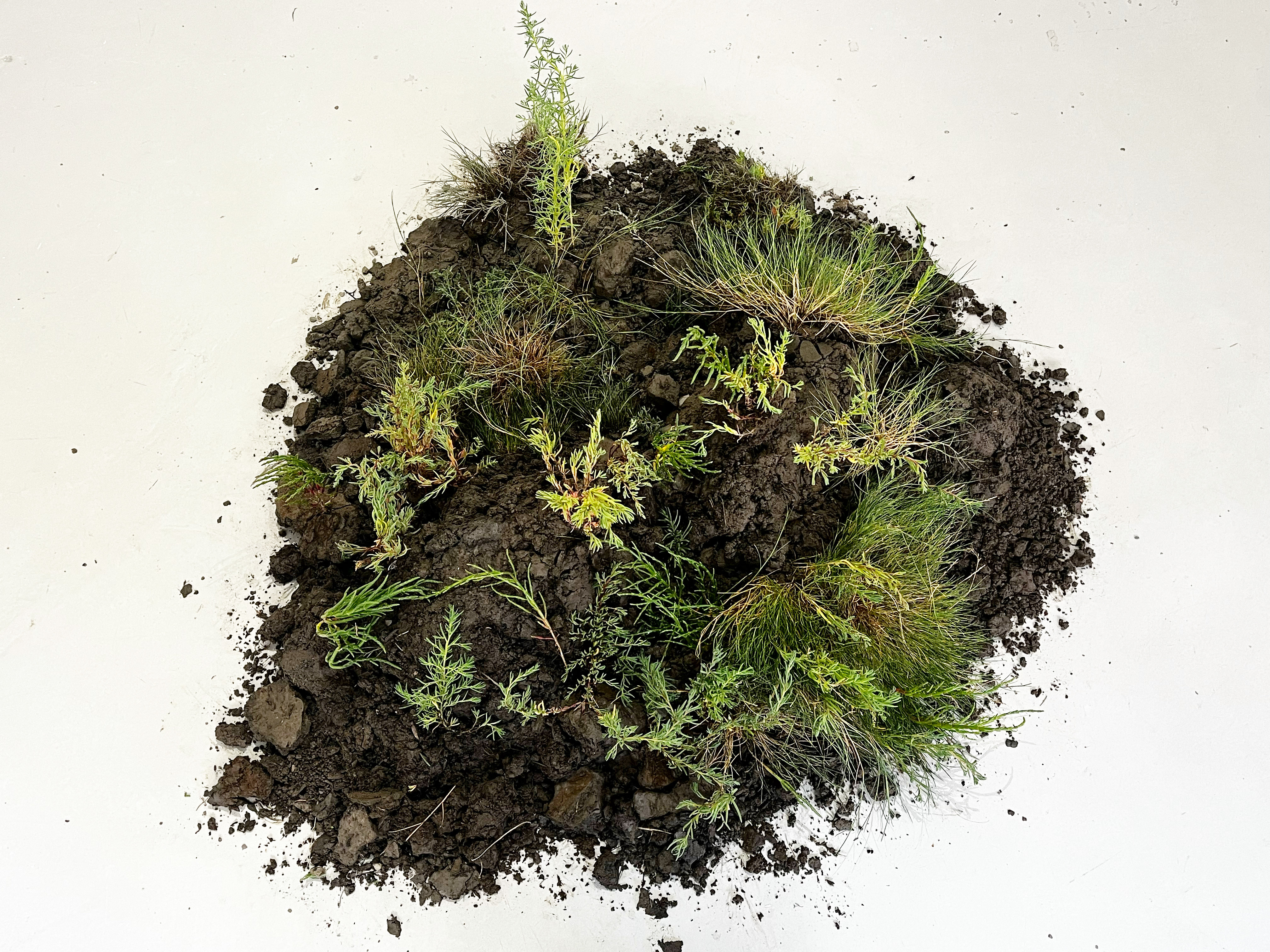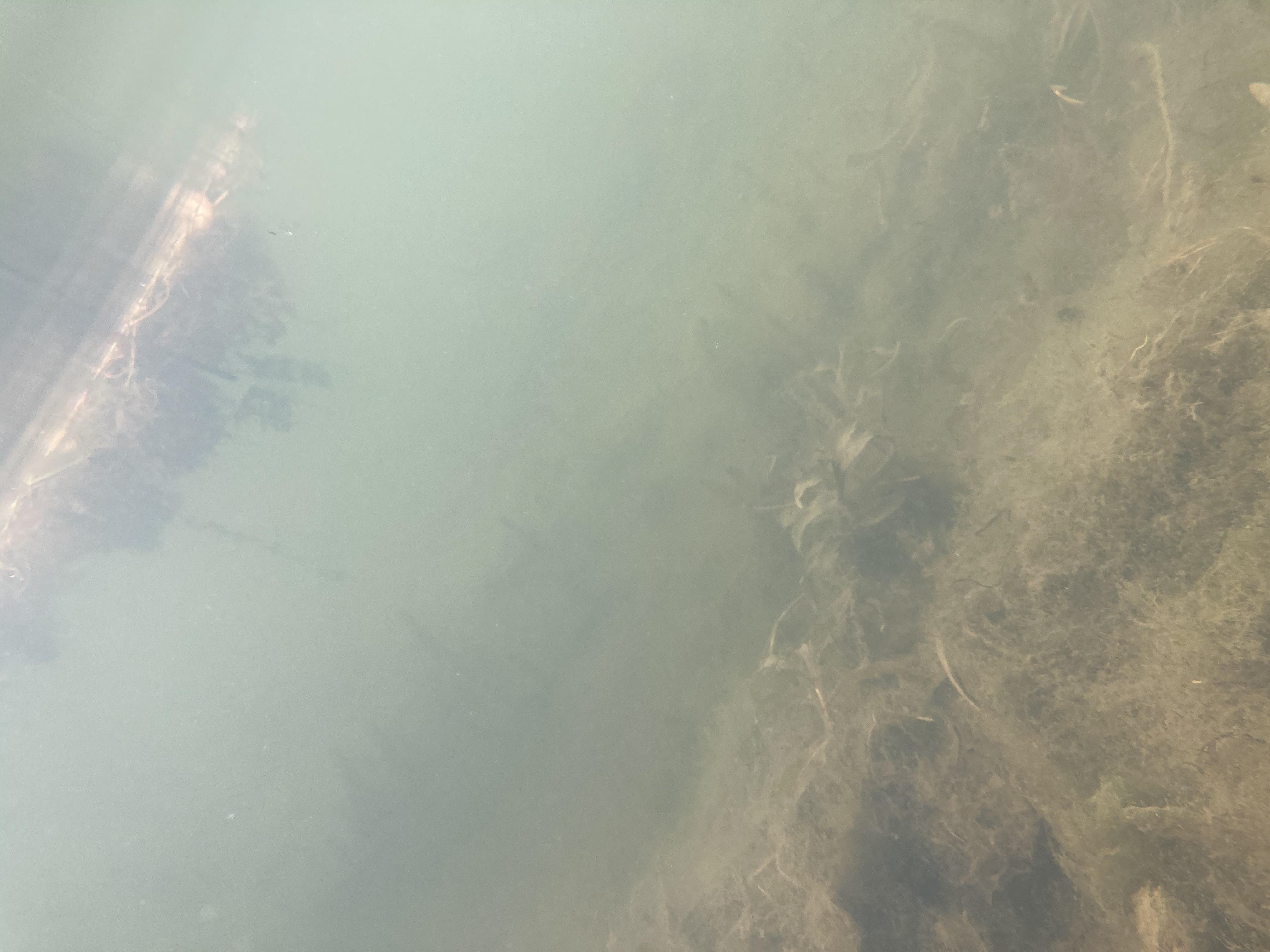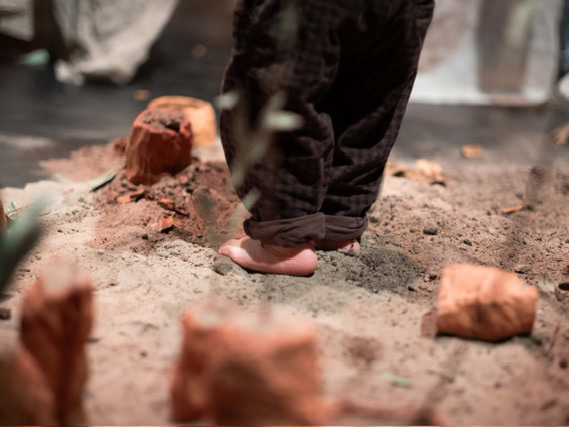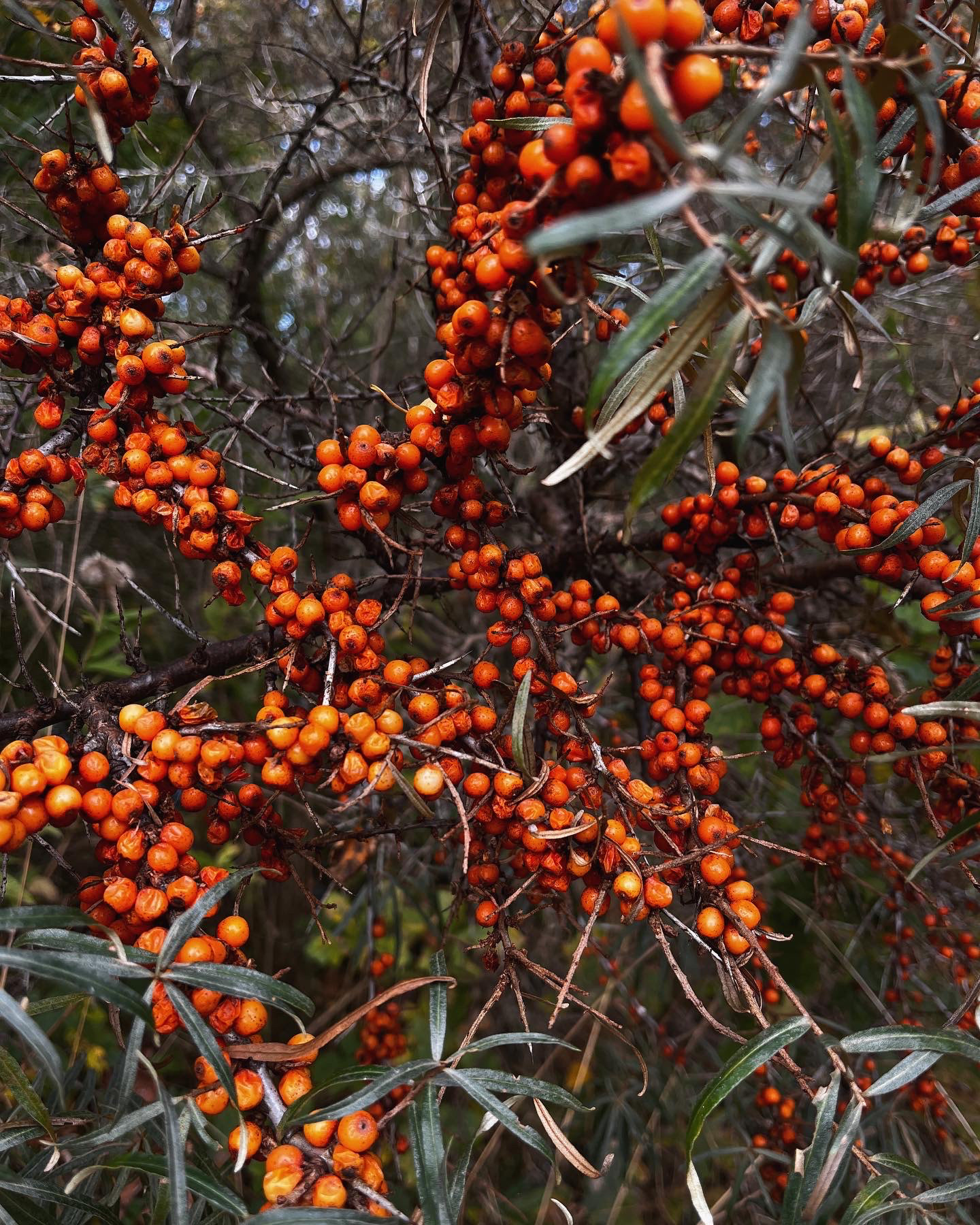
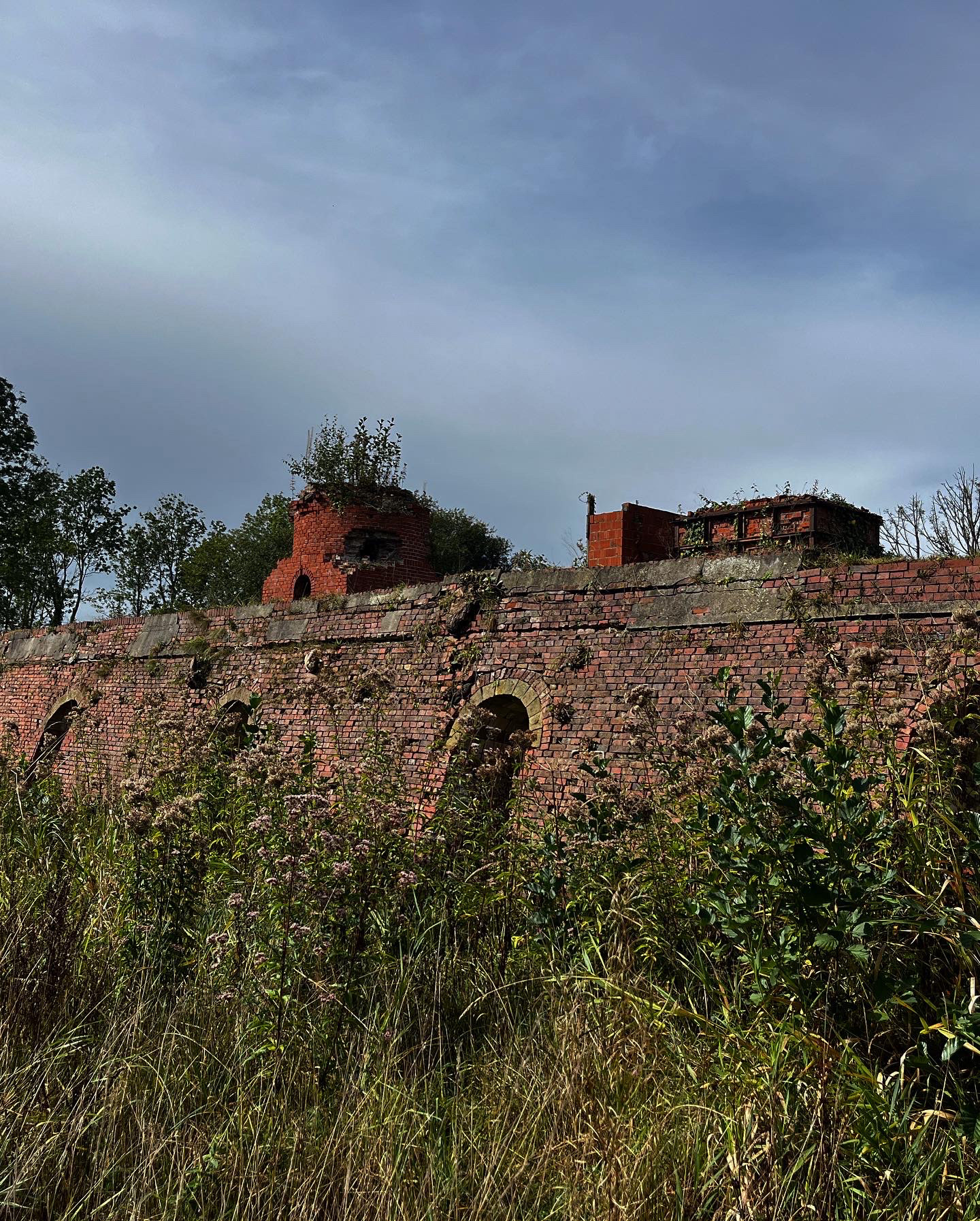
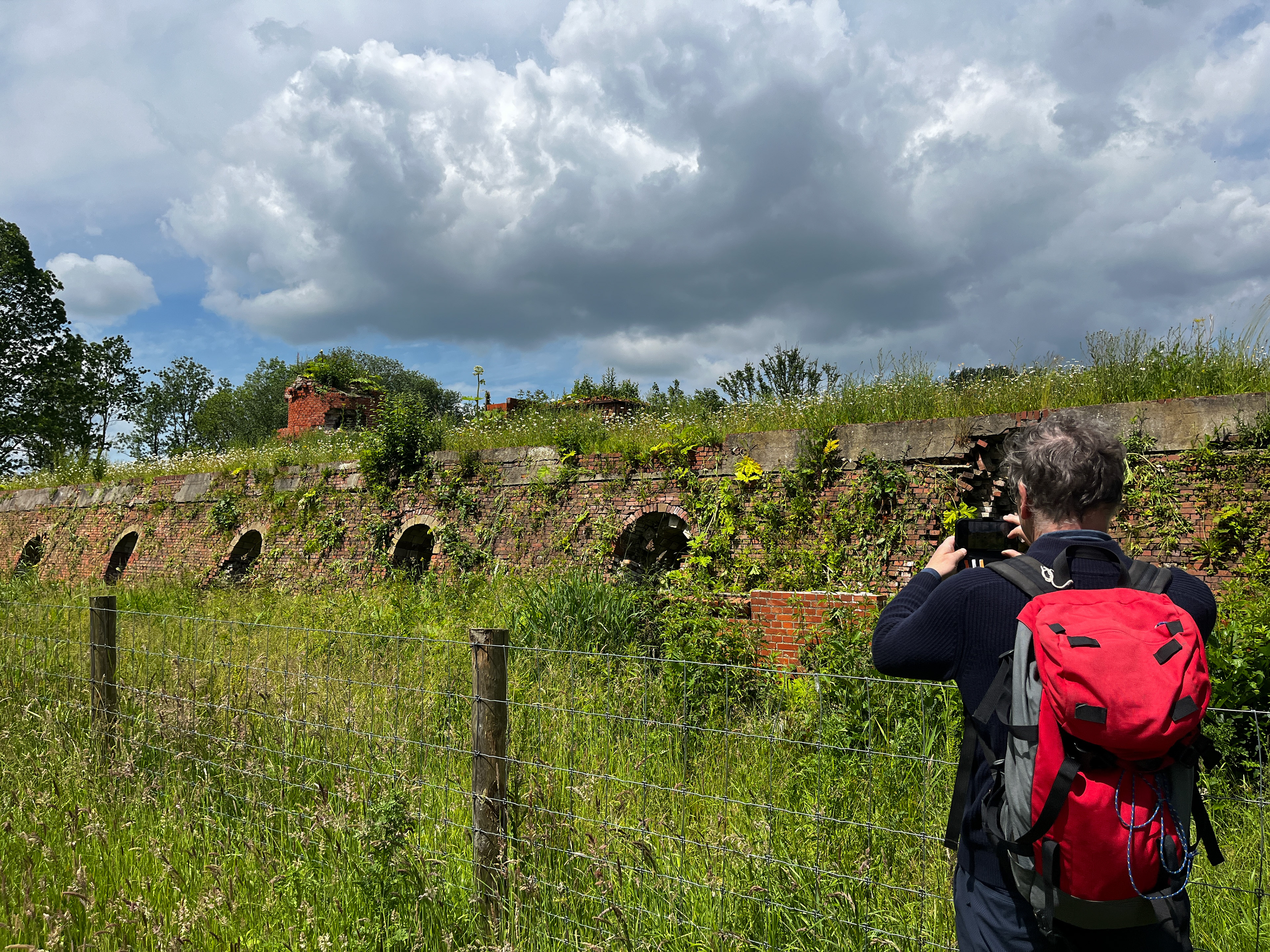
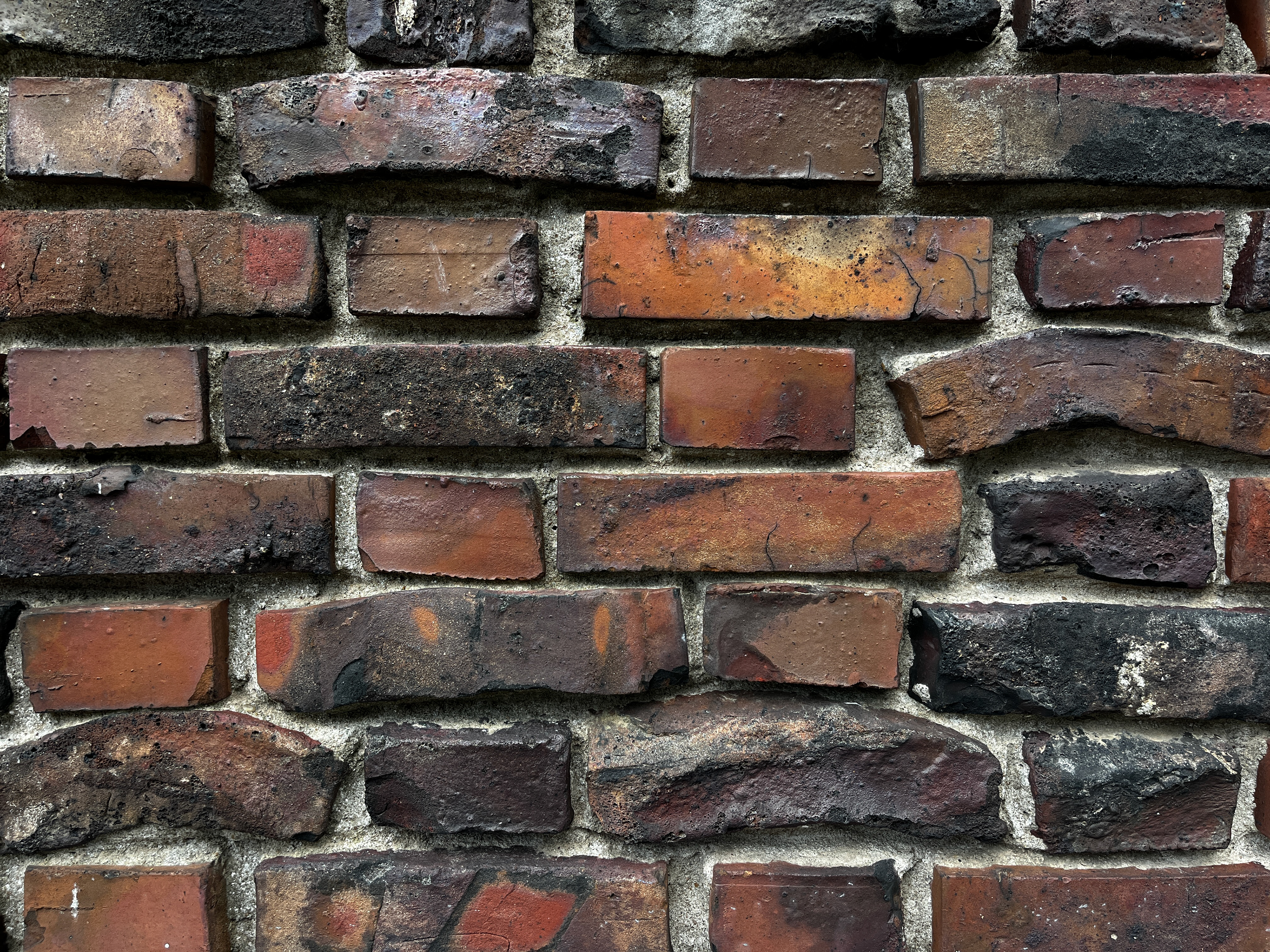
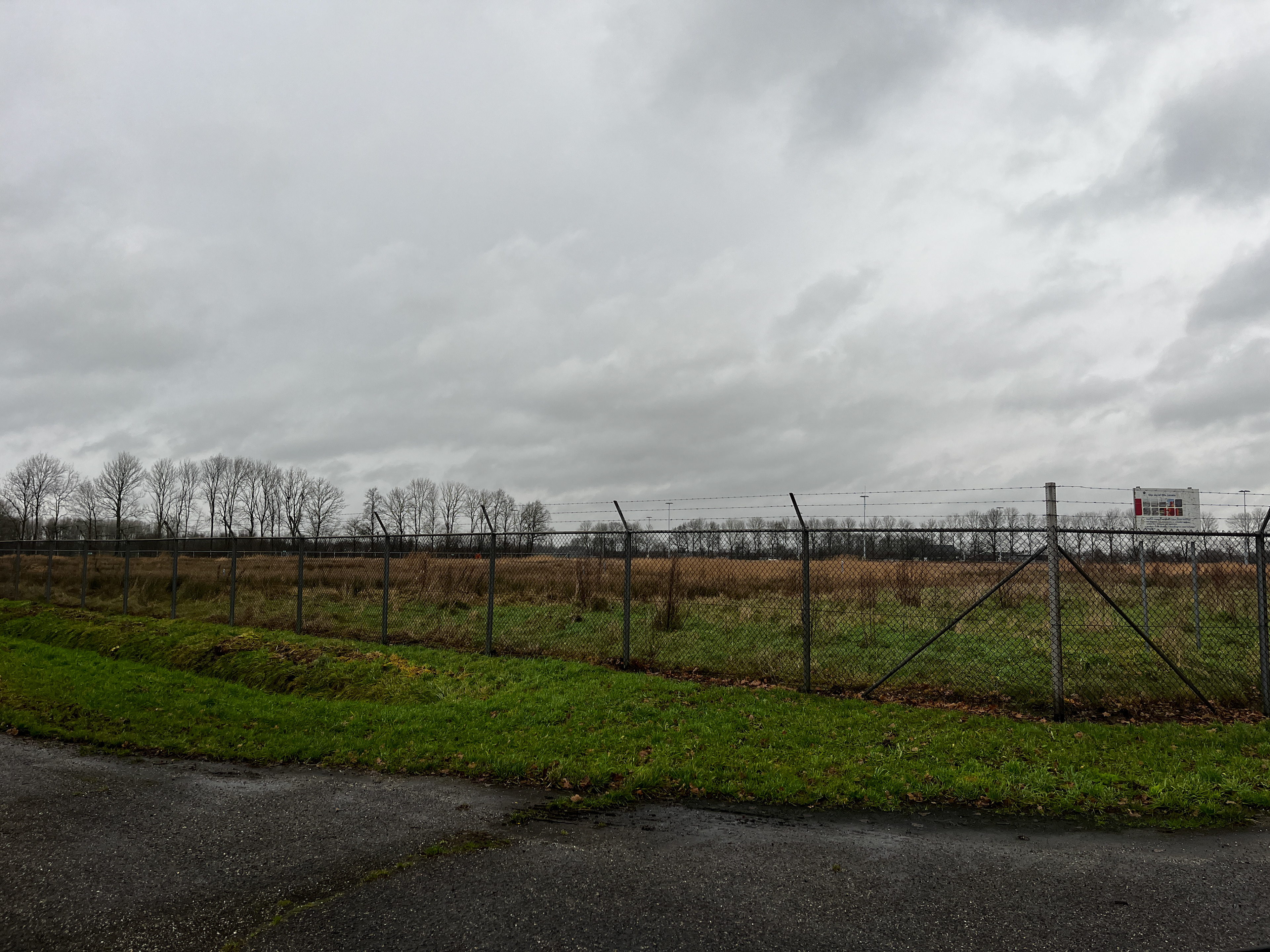
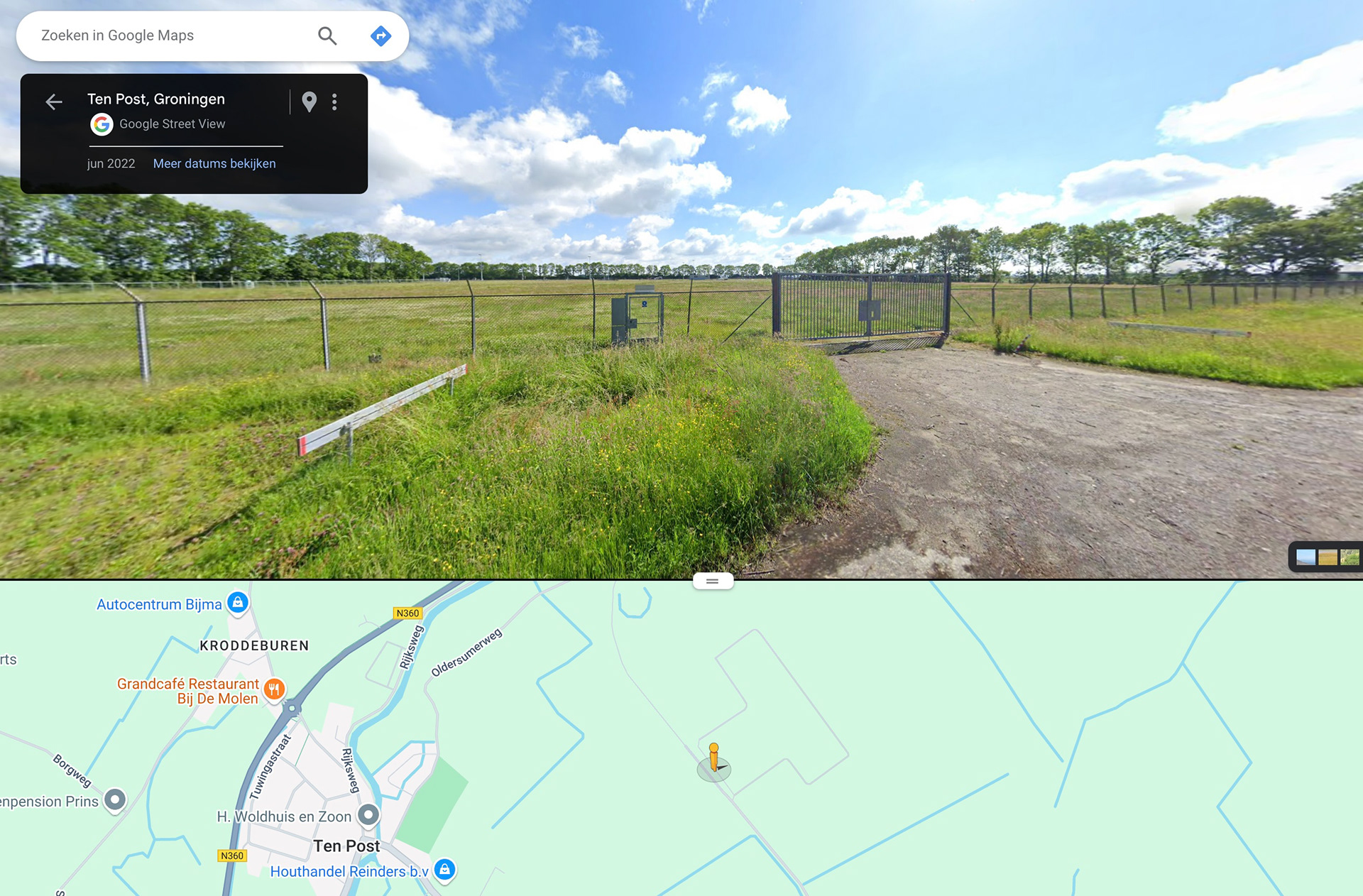
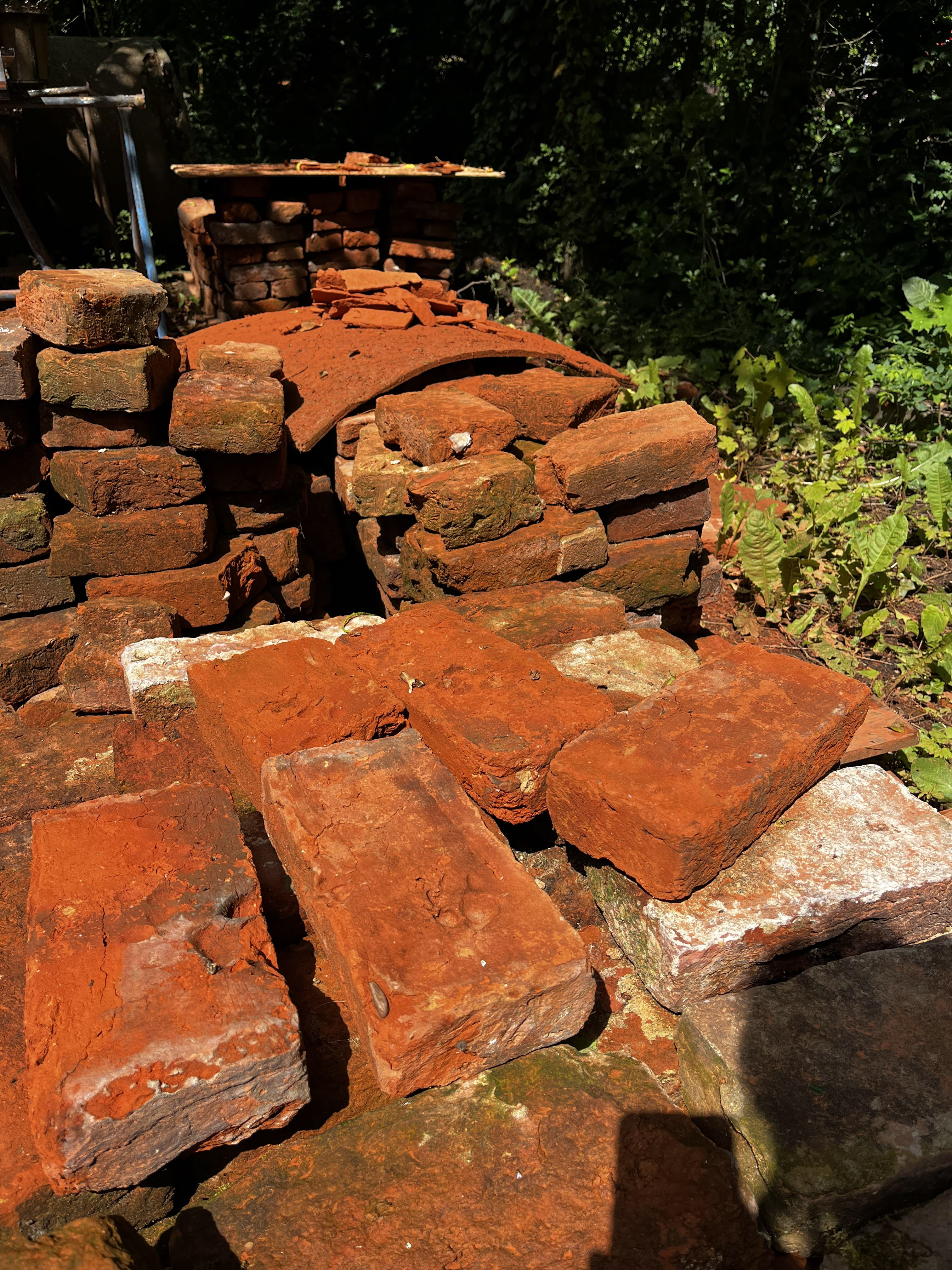
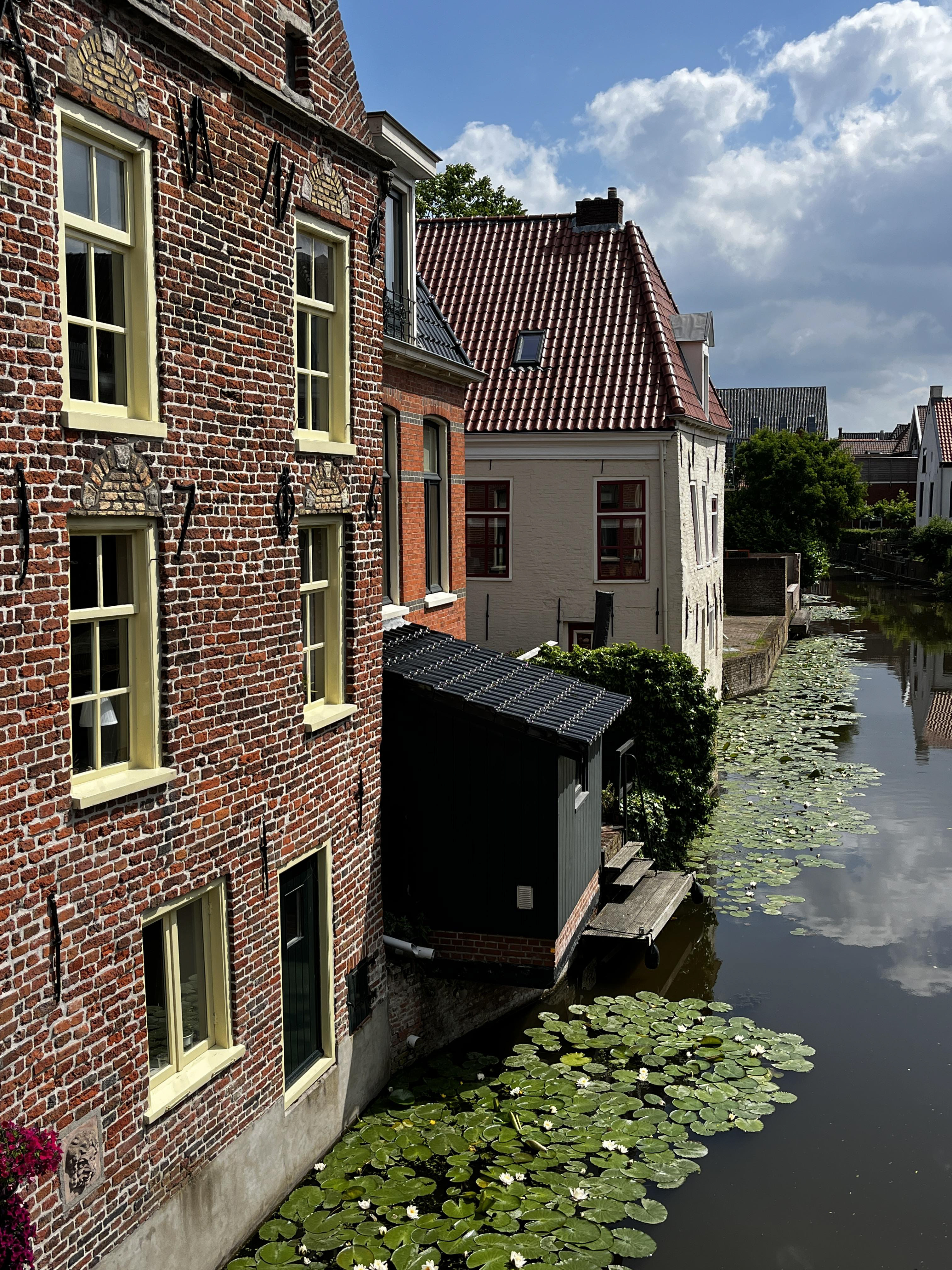
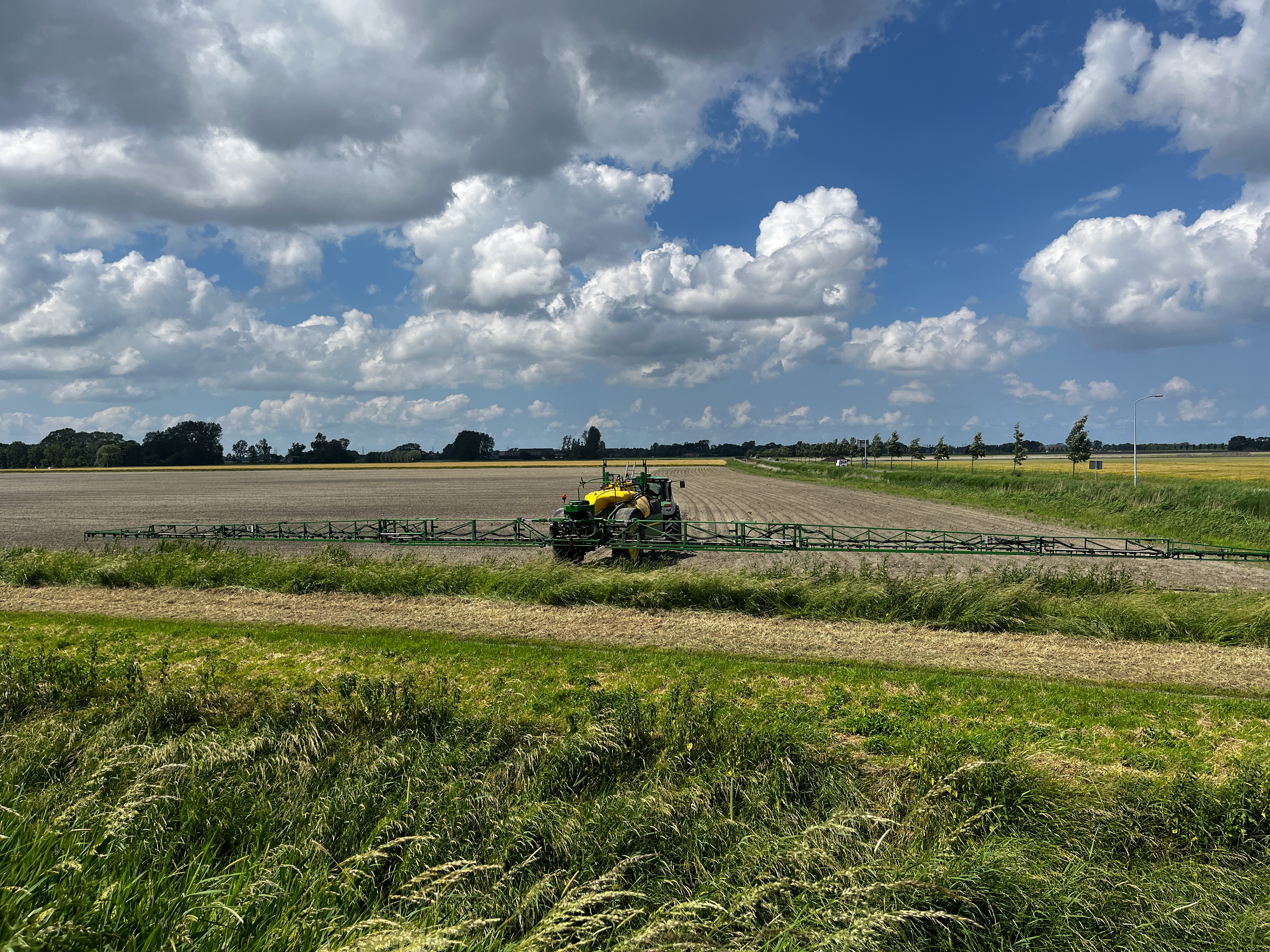
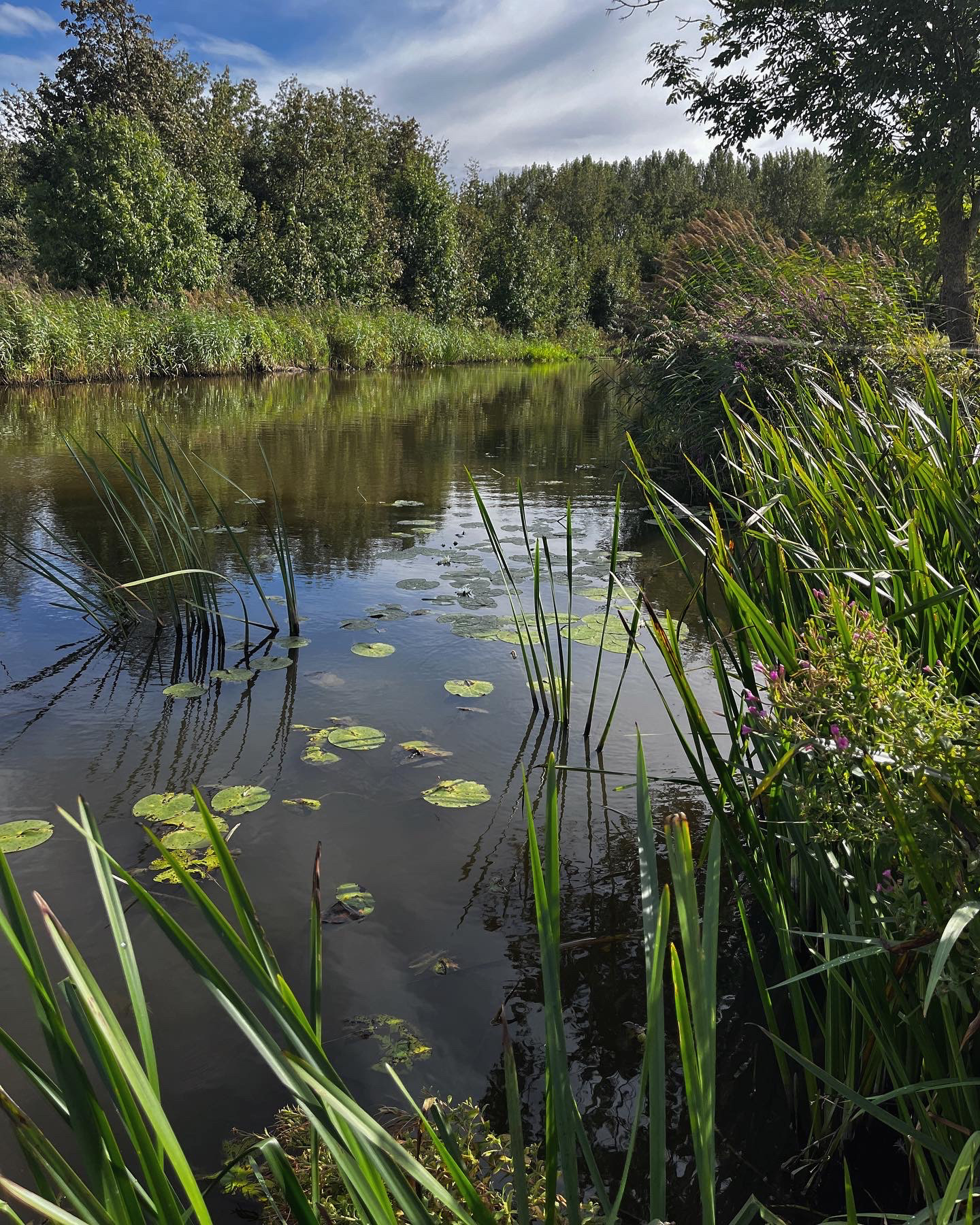
As part of the talent development program by Sense of Place I followed, I had the opportunity to spend a year researching the Damsterdiep. It was a physical and artistic exploration—walking, kayaking, swimming, and cycling—often together with guests I invited to explore the landscape with me. The Damsterdiep was a region with a rich history, but also with urgent contemporary challenges: earthquakes, soil subsidence, water pollution, the disappearance of the ancient wierden landscape, and traces of long-gone brick factories. During that year, I got to know the area and its inhabitants. I uncovered stories, connections, and strengths that helped shape my artistic practice. I recently submitted my proposal for a public artwork in this region—a piece that aims to honour both the landscape and the community that inhabits it. I designed a ‘Wierdetuin’ a garden on an old, abandoned gas extraction site in Ten Post. The artificial hill will be planted with species known for their ability to purify the soil. The work is a statement in which I aim to show that, as humans, we have the choice to collaborate with nature rather than exploit it.










